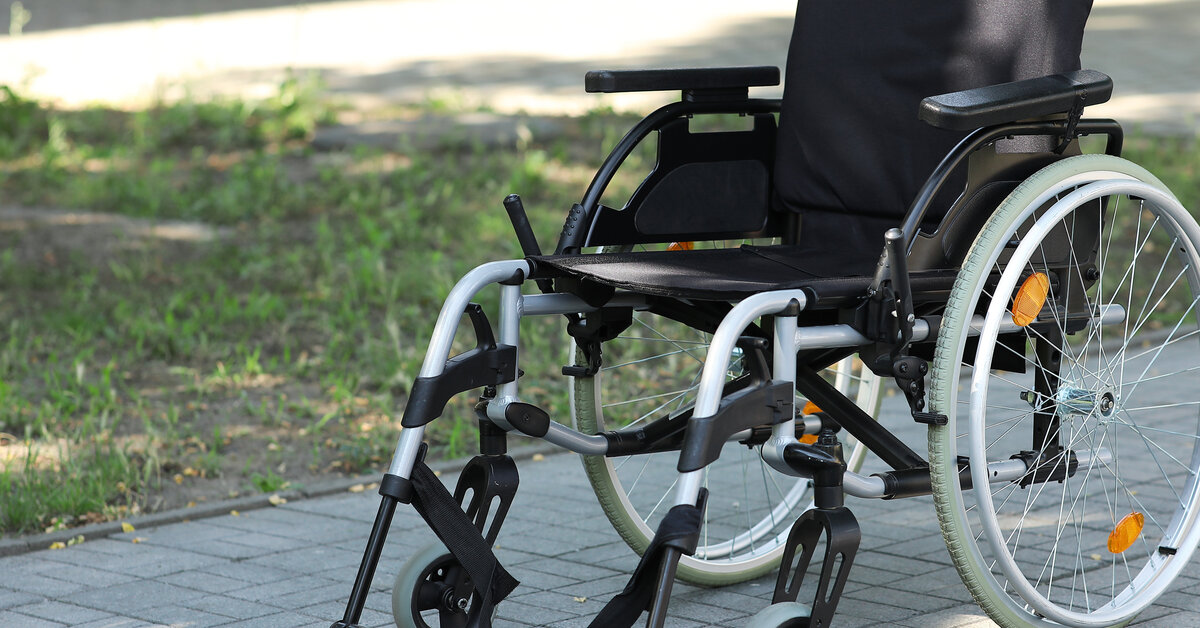The Fascinating Evolution of Wheelchair Design
Apr 17th 2025

Wheelchairs are more than just a means of mobility; they represent independence and innovation for those with different mobility needs. The evolution of wheelchair design spans centuries and reflects fascinating advancements in technology and accessibility. Explore how wheelchairs progressed from rudimentary designs to the versatile options we see today, shaping countless lives along the way.
The Invention of the Manual Wheelchair
The earliest recorded wheelchair dates back to 1595, when it was created for King Philip II of Spain. This basic design featured small wheels and handles for an attendant to push the chair. The King’s wheelchair also included armrests and legrests covered in elaborate upholstery to reinforce his royal status. While far from the sleek designs of modern wheelchairs, it marked the beginning of addressing mobility challenges through dedicated design.
Next Steps in Wheelchair Design
By the 17th century, wheelchair designs changed. The first self-propelled wheelchair, invented in 1655 by Stephen Farffler, allowed users to move independently by turning hand-cranked wheels.
Over 100 years later, in 1783, the Bath wheelchair emerged, featuring large rear wheels and a smaller front wheel. Invented by John Dawson in Bath, England, this wheelchair became popular because it was comfortable and easy to maneuver. These advancements reflected growing efforts to make wheelchairs more functional and empowering for users.
Twentieth Century Wheelchairs
The 20th century brought some of the most notable innovations in wheelchair history. Manual wheelchairs, such as the X-frame folding wheelchair, introduced in 1932, made transportation and storage far easier than earlier models. As industrial materials—steel and rubber—became more accessible, wheelchairs became lighter and more durable. This change was revolutionary, giving users more freedom to move their wheelchairs between locations.
Early Electric Wheelchairs
Following WWII, electric wheelchairs changed the mobility game entirely. Originally developed to assist injured soldiers who couldn’t use manual models, electric wheelchairs offered powered movement with a simple control system.
Early designs featured heavy frames and required frequent maintenance, but they represented a monumental leap forward. Over the decades, their performance improved; motors became more reliable, lightweight batteries replaced bulkier components, and control systems grew more intuitive.
How Wheelchairs Look Today
Modern wheelchairs blend cutting-edge technology with sleek designs, catering to the unique needs of each user. Manual wheelchairs have retained their lightweight, foldable aspects while offering customizable features, including ergonomic hand rims and adjustable seating.
Electric wheelchairs, on the other hand, demonstrate the latest advancements in robotics and electronics. Today’s models include all-terrain wheels, advanced joystick controls, and remote operation via smartphone apps. These designs ensure wheelchair users can accomplish more with ease and independence.
The Future Is Rolling Forward
From its humble beginnings as a seat for a king to the high-tech mobility devices of today, wheelchair designs have experienced a fascinating evolution. If you’re looking to explore the latest innovations or find a wheelchair tailored to your lifestyle, check out DME Hub’s online wheelchair store. We are dedicated to assisting individuals of different abilities, offering low prices and knowledgeable, friendly service. Browse our wheelchair parts and accessories today!

